
Welcome to the ever-evolving world of intellectual property law, where creativity intersects with legal rights, and the boundaries of art and originality are constantly being defined and redefined.
Authors Kennington Groff and Jaime Chandra Kozlowski delve deep into the potential implications of a landmark Supreme Court of the United States (SCOTUS) case that sent ripples through the art world, impacting copyright law including fair use and commercial licensing.
We’re talking about Andy Warhol Foundation for Visual Arts, Inc. v. Goldsmith, a case that pushed the boundaries of ‘fair use’ and opened up a Pandora’s box of questions about commercialized and licensed visual arts.
Are you ready to unpack this legal saga and its implications for artists, copyright owners, and the commercial art industry?
Let’s dive in!
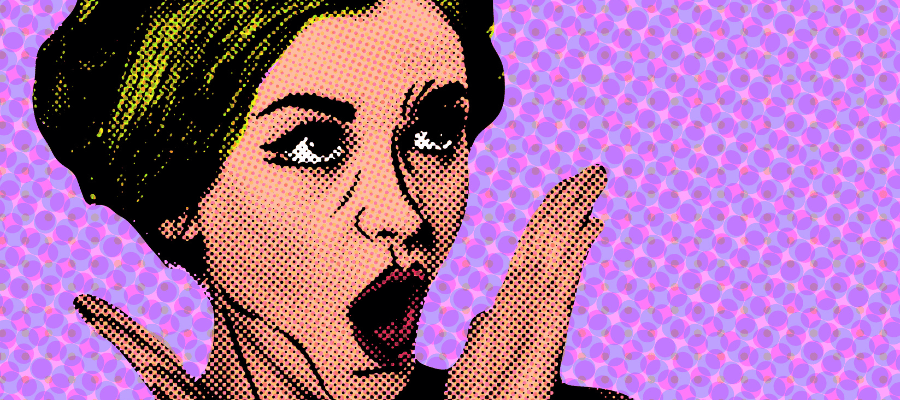
Table of Contents:
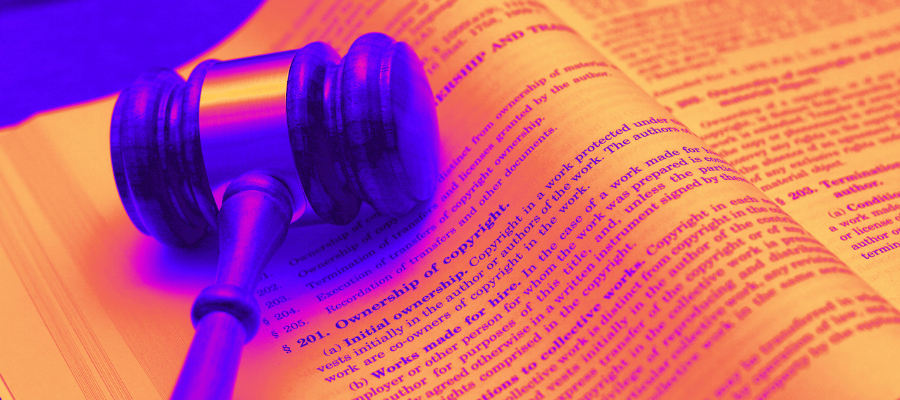
Warhol v. Goldsmith: A Synopsis of the Case and its Outcome
The SCOTUS decision in the case of Andy Warhol Foundation for Visual Arts, Inc. v. Goldsmith delivers crucial clarifications regarding the application of “fair use” in the domain of visual arts and copyright law. This dispute hinged on a photograph captured by Lynn Goldsmith, which renowned pop artist Andy Warhol used as a direct source to create a series of silkscreen images depicting the musician Prince.
SCOTUS affirmed the Second Circuit’s ruling that the Warhol Foundation’s use of Goldsmith’s photograph did not fall under the umbrella of “fair use.” The Court found that despite the new expression Warhol’s work added to Goldsmith’s photograph, the commercial nature of the Warhol Foundation’s use and its substantial similarity in purpose to the original photograph favored Goldsmith in the balance of the first fair use factor. This decision underscores the significance of the commercialization of derivative works in copyright infringement disputes. It highlights that even transformative works, if used commercially in a similar context to the original, might not be safeguarded by the fair use doctrine.
Furthermore, the SCOTUS decision was influenced by the existence of a licensing agreement between Goldsmith and Vanity Fair, which permitted a one-time use of her photograph as an “artist reference for an illustration.” The limited scope of this agreement did not extend to the additional works created by Warhol or their subsequent commercial use, revealing the potential impact of pre-existing licensing agreements on copyright infringement and fair use analyses.
This case emphasizes the importance of understanding the terms of licensing agreements and their legal implications in the context of copyright law, particularly when derivative works are involved.

The Interplay between Commercialization, Licensing, and Fair Use
Both the commercialization of Warhol’s derivative work and the pre-existing licensing agreement were central to the decision in this case.
The commercial aspect of the use of Warhol’s derivative work was particularly important in the context of the first factor of the fair use doctrine, which considers “the purpose and character of the use, including whether such use is of a commercial nature or is for nonprofit educational purposes.” The court found that the Warhol Foundation’s licensing of the “Orange Prince” image to Condé Nast for a significant sum of money was a commercial use. This commercial use was significant enough that, even though Warhol’s work added new expression to Goldsmith’s photograph, it still favored Goldsmith in the balance of the first factor of the fair use test.
The pre-existing licensing agreement was also a significant aspect of this case. The original license granted by Goldsmith to Vanity Fair was for a one-time use of her photograph as an “artist reference for an illustration.” This limited license did not extend to the additional works created by Warhol or their subsequent commercial use, which were significant factors in the court’s decision.
So, in sum, both the commercial nature of Warhol’s derivative work and the limitations of the original licensing agreement played crucial roles in the decision that Warhol’s use of Goldsmith’s photograph did not constitute fair use.

How Warhol v. Goldsmith Could Reshape the Copyright Landscape
Impact on Fair Use Doctrine: This ruling could potentially narrow the scope of the fair use doctrine, especially in the realm of visual arts. The decision suggests that even significant transformation of a work may not constitute fair use if the new work serves a similar purpose to the original and is used commercially. Artists and other creators may need to be more cautious in using copyrighted material, even when the use involves significant transformation or reinterpretation.
Role of Licensing Agreements: This case underscores the importance of licensing agreements in copyright law. The fact that Goldsmith had only granted a one-time use license for her photograph was a critical element of the case. It could encourage artists and copyright owners to be more explicit in their licensing terms, which could lead to a greater emphasis on contractual relationships in copyright law.
Impact on Derivative Works: This decision might lead to a more restrictive view of derivative works, particularly in the commercial context. If a derivative work is used commercially and serves a similar purpose to the original, it might be harder to argue that the derivative work constitutes fair use. This could potentially stifle creativity and limit the use of derivative works in commercial contexts.
Balance between Copyright Protection and Creativity: This case also highlights the ongoing tension between protecting copyright owners’ rights and promoting creativity and innovation. While copyright law is designed to protect the rights of creators, it must also allow for new and transformative uses of copyrighted material. Striking the right balance is a complex challenge, and this decision could influence how courts, creators, and copyright owners navigate this balance in the future.
Potential for Future Litigation: This decision could lead to an increase in copyright litigation, particularly in cases involving derivative works and the fair use doctrine. Given the complexity of the fair use analysis and the fact-specific nature of copyright cases, we might see more disputes over what constitutes fair use and the extent to which derivative works infringe on copyright.
Significance of Commercial Use: The decision reaffirms the significance of commercial use as a factor in the fair use analysis. Even if a work is transformative, if it’s used in a commercial context that is similar to the original work’s context, courts may be less likely to find fair use.

Inspiration, Derivative Works, Appropriation, and Infringement: Understanding the Differences
Creativity often involves drawing upon existing ideas, images, sounds, or styles to produce something new. In fact, some believe that all creative work is derivative to some extent, as it is shaped by the cultural, historical, and social contexts in which it is made.
There’s a crucial distinction between being inspired by other artists and directly appropriating or stealing their work. Let’s break this down:
Inspiration: Artists often draw inspiration from the work of others. This can involve adopting certain techniques, imitating a specific style, or responding to particular themes or ideas. However, the resulting work is typically original in that it offers a new interpretation or perspective. It’s also generally understood that artists should acknowledge their sources of inspiration, especially when these are not part of the public domain.
Derivative Work: A derivative work is a new, original product that includes aspects of a previously existing work. This can involve things like adaptations (such as a film script based on a novel), translations, or artwork based on another piece of art. The creation of derivative works is protected by copyright law, but only if the creator of the original work gives permission. Without such permission, creating a derivative work could be considered copyright infringement.
Appropriation: Appropriation involves the use of pre-existing objects or images with little transformation in order to create a new work. It is often used in visual art, where it can challenge notions of originality and question the cultural value of the appropriated object or image. However, it can also be controversial, particularly when it involves taking work from less powerful or marginalized individuals or cultures without consent.
Infringement: Infringement, theft, or plagiarism involves directly copying someone else’s work and presenting it as one’s own. This is considered highly unethical and is also illegal if the work is protected by copyright.
The balance between inspiration and appropriation is a delicate one. On one hand, artists need the freedom to draw upon existing work in order to create. On the other hand, it’s important to respect the rights of original creators and not to exploit their work unfairly. Striking this balance is one of the key challenges of copyright law, and it’s a subject of ongoing debate in the fields of art, literature, music, and beyond.
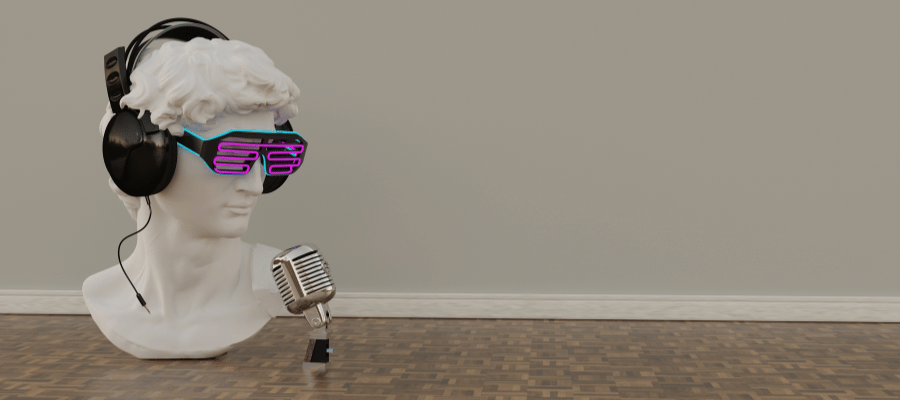
Empowering Artists: Benefits and Considerations
The decision could have positive implications for struggling artists who have faced unauthorized use or transformation of their work. Here’s how:
Validation of Rights: This decision underscores that copyright law protects the rights of original creators. It sends a strong signal that even high-profile artists or organizations cannot freely use someone else’s work without proper authorization or without meeting the criteria for fair use. This bolsters the position of all artists, regardless of their stature or resources, in asserting their copyrights.
Strengthening Fair Use Doctrine: The ruling provides a clearer interpretation of the first factor of the fair use doctrine, “the purpose and character of the use,” emphasizing that commercial use and lack of significant transformation weigh against a finding of fair use. This could deter potential infringers from making only minimal changes to an original work and claiming it as a new creation under the guise of fair use.
Discouragement of Unauthorized Derivative Works: The decision might discourage potential infringers from creating derivative works without proper licensing, particularly when such works are intended for commercial gain.
Precedent for Legal Action: This case sets a precedent that could empower more artists to seek legal action when their rights are violated, knowing that the highest court in the land has recently sided with a creator in a dispute over derivative work.
Potential for Compensation: If a violation does occur and the artist decides to take legal action, this ruling could potentially increase the chances of the original artist receiving compensation for the unauthorized use of their work.
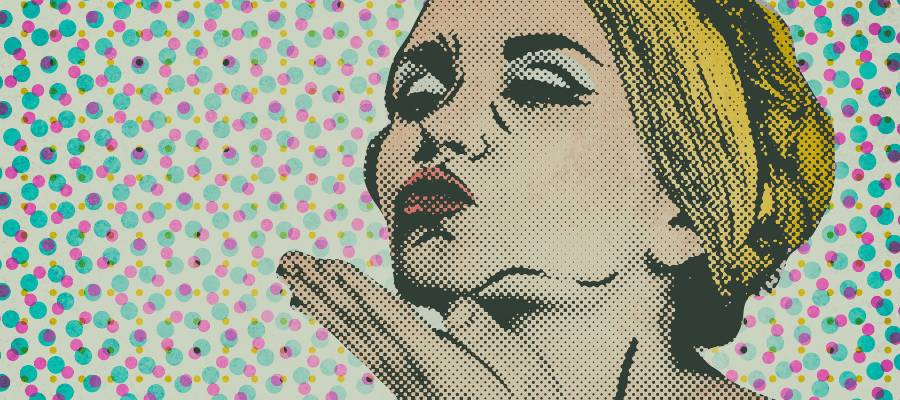
Navigating the Aftermath: Key Takeaways from Warhol v. Goldsmith
The decision offers several insights for artists, potential infringers, and the commercial art industry:
Respect for Original Works and Copyrights: The case underscores the importance of recognizing and respecting original works and their copyrights. Even if a work is transformative, it may still infringe upon the copyright of the original work, especially if it’s used commercially in a similar context to the original.
Understanding of Fair Use: The concept of “fair use” is nuanced and context-dependent. This case shows that even a significant transformation might not be enough to meet the criteria of fair use, particularly when the derivative work is used for commercial purposes. It’s essential for artists and creators to understand the scope and limits of fair use in their creative process.
Importance of Licensing Agreements: This case highlights the importance of clearly defined licensing agreements. Creators who allow their work to be used by others should ensure the terms of the agreement are clear, specific, and in writing. This can protect their rights if their work is used beyond the agreed scope.
Consideration of Commercial Aspects: The commercialization of a derivative work can weigh heavily against a claim of fair use, particularly if the derivative work is used in a similar context to the original. Businesses and individuals in the commercial art industry should be aware of this when creating, selling, or licensing derivative works.
Considerations for Proactive Legal Action: This case serves as a reminder that proactive legal action by accused infringers in copyright disputes carries inherent risks and uncertainties. The SCOTUS decision highlights that pursuing a declaratory judgment of non-infringement or fair use does not guarantee a favorable outcome. The case outcome may deter some accused infringers from pursuing proactive legal action, particularly when faced with potential disparities in resources between the parties involved.
The decision suggests that the burden of establishing a successful fair use defense may have become more challenging, potentially causing accused infringers to exercise caution and carefully assess the potential risks before taking legal action. However, it’s important to recognize that each copyright case is unique, and outcomes can vary based on the specific facts, legal arguments, and interpretation of the law by the court. While this decision may influence the dynamics of proactive legal actions, accused infringers should still consult with legal counsel, weigh the potential risks and benefits, and make informed decisions based on the specific circumstances of their case.
Protecting the Rights of Artists: This ruling can be seen as a win for artists, particularly those whose works are used as the basis for derivative works. It provides a level of protection for artists’ copyrights, even when their works have been significantly transformed. This could potentially discourage unauthorized commercial exploitation of artists’ works and encourage more respectful collaboration and negotiation in the creative process.
Balancing Creativity and Copyright: The decision invites ongoing conversation about the balance between encouraging creativity and protecting copyright. It’s a reminder of the tension between the free flow of ideas, which can foster creativity and innovation, and the need to protect intellectual property rights, which can incentivize and reward original creation. This balance is integral to both the legal framework of copyright and the vibrant evolution of art and culture.
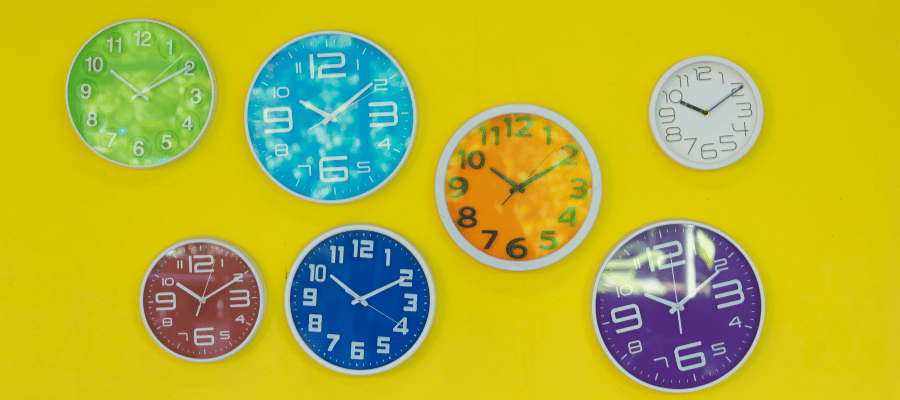
Navigating the Future Legal Landscape
The SCOTUS decision in the case of Andy Warhol Foundation for Visual Arts, Inc. v. Goldsmith provides valuable insights into the application of fair use in visual arts and copyright law. It highlights the significance of commercialization, the impact of licensing agreements, and the complexities surrounding fair use analyses.
Artists, potential infringers, and the commercial art industry should consider the impact of the SCOTUS opinions and derive lessons to navigate the balance between creativity and copyright protection effectively. By understanding the nuances of fair use and ensuring clear licensing agreements, creators can safeguard their rights and contribute to a thriving and respectful creative ecosystem.
At Founders Legal, we are passionate about helping Founders, innovators, and creatives protect their intellectual property. Our team of experienced attorneys understands the nuances of intellectual property law, including patents, trademarks, and copyrights. We can offer comprehensive IP guidance and protection for your business, invention, or creative endeavor regardless of where you are located. If you have any questions or would like a consultation, please reach out, we’d love to hear from you!
- 2024 Continuing Legal Education & Entrepreneur Event Series - February 23, 2024
- Government and Private Programs that Give to Founders - December 26, 2023
- Press Release: Atlanta Wins USPTO Southeast Regional Office: A Leap in Innovation and Growth - December 14, 2023
